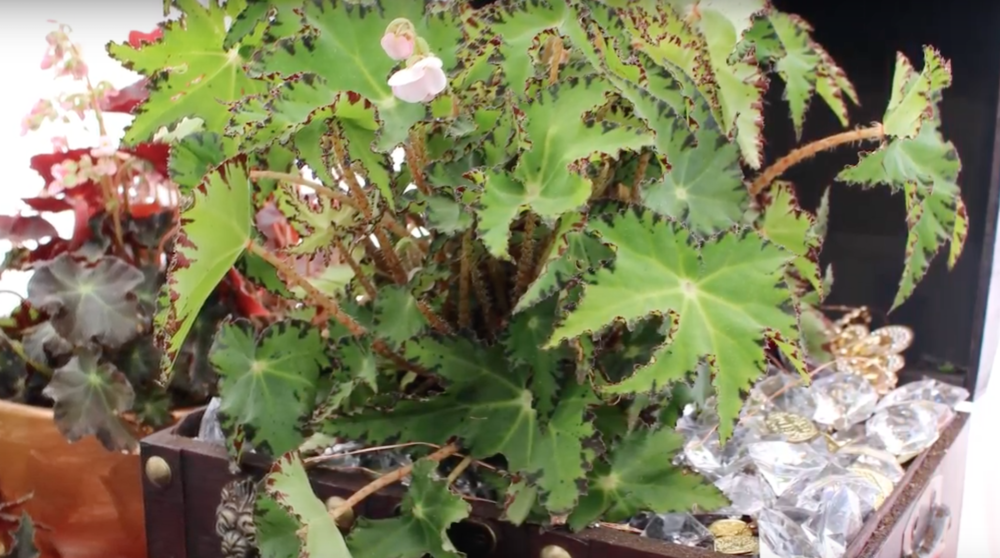
Tool time: Tips on how garden centers can sell more tools
Effective Merchandising Strategies
By Sunshine Chapman, president of Garden Works
Effective merchandising can help garden centers showcase tools in a way that encourages customers to try new products and invest in quality tools. Here’s how to maximize tool sales through merchandising:
- Create Engaging Tool Stations. Set up tool stations that simulate real garden environments or challenges. For example, feature pruners, loppers and rakes in a “Spring Clean-Up” section. This approach helps customers visualize how the tools will work in their own gardens.
- Use Clear Signage and Tool Tips. Place small signs or product cards that explain each tool’s main benefits and uses. Customers often get overwhelmed and don’t know which tool is best for a particular job, so these pointers help them make more informed choices.
- Set Up Seasonal Displays. Adjust displays to match seasonal gardening needs. Place shovels, trowels and Soil Scoops front and center in spring, while pruning tools and gloves might be more prominent in fall.
- Bundle Essentials Together. Create tool bundles tailored for beginners, like a “Starter Garden Kit” that includes a trowel, pruners, apron, gloves and a weeder. It’s a great way to encourage customers to invest in several tools at once and is especially attractive for gift purchases.
- Encourage Hands-On Demos. If possible, set up a demo area where customers can try out gloves, pruners or other hand tools. Feeling the quality of the tools first-hand can significantly increase purchasing confidence, especially when staff is available to answer questions and offer guidance.
Top Tool Picks
We asked three tool supplier companies for their top three to five most-important tools that beginning home gardeners should have. Here are their answers.
Sunshine Chapman, president of Garden Works:
- Hand trowel — ideal for planting, digging small holes and transplanting.
- Pruners — a versatile pair of pruners is essential for trimming plants, clearing dead branches, cutting back stems and harvesting. For beginners, bypass pruners with an ergonomic design are typically the most user-friendly.
- Hand fork or cultivator: This tool helps loosen soil, remove weeds, level surfaces and aerate small garden beds, making it essential for prepping the soil for planting.
- Garden gloves — high-quality, durable gloves protect hands from scratchy and irritating plants, dirt, and blisters.
- Watering can or hose with nozzle — while it might not seem like a tool, a proper watering can or hose attachment help beginners water effectively without causing soil erosion.
Jonathan Cox, vice president of marketing at Bosmere:
- A great shovel — it can be used for many things, not just digging holes.
- A great digging fork can also aid in turning over compost, weeding, etc.
- A great set of shears for trimming and a great pair of pruners.
- A hand trowel is also great for small areas.
- A really good pair of garden gloves — they will save from blisters that can limit your gardening!
Doug Speegle, senior vice president of lawn and garden at BFG Supply:
- Trowel
- Pruner and snip for herbs/deadheading
- A good shovel — I prefer a D-handled shovel
- Garden rake
- Hoe for weeding — such as a hori-hori — good for hand weeding, transplanting, dividing and cutting bags of soil.
Your garden center is a destination for customers looking for plant material — but do they also walk out the door with the tools and accessories they need to complete their project?
Graham Hill, president of Platt Hill Nursery in Chicagoland, said customers often haven’t thought about all they will need. Customers come to the retailer to buy plants, but “getting the tools to them when they’re buying the plants leads to higher conversion. What I speculate is happening is that the customer came in, they bought the plants, but they forgot about watering. They’ve been told about watering, but they forgot that they don’t have the actual equipment to do the watering. If they’ve already left, they’re never coming back to buy that from us — they’re going to Amazon, they’re going to go to Walmart or Home Depot or somewhere closer or more convenient and buying it with whatever else they’re buying that week.”
Customer Education
Hill said Platt Hill is making an effort to sell more tools both through cross-merchandising techniques and by training the sales staff and customer education. An example of that is a watering device they recommend for customers purchasing trees.
“We view it as an improved version of the watering bag. They’re plastic rings that go around the base of the tree, designed to water all around the tree.”
The watering rings sell for $16 to $20, which, he said, “some customers think is too expensive, but when you’re spending $500 on a tree, you might as well buy the $20 watering ring.”
Plus, it goes a long way toward keeping customers’ new investment healthy. “We preset the gauge on it so that it releases the appropriate amount of water, so they know the plant is getting the right amount of water.”
Staff Support
Staff endorsements also can assist in garden centers’ ability to sell more of certain gardening tools.
“One of the tools we’re trying to really get behind — because the whole team loves it — is the hula hoe,” Hill said. “They’re super easy to use and make weeding so much easier, but I think people don’t know what it is.”
Doug Speegle, senior vice president of lawn and garden at BFG Supply, agrees that training staff on tools in your assortment can help garner more sales.
“Product knowledge sessions are a great way to educate staff on the tools you sell,” he said. “Make sure they know the differences between them and encourage them to try the product either at store level or at home.”
He also suggests that, for tools with multiple sizes and styles like hand pruners, it’s a good idea to have them available for the customer to interact with and try for themselves.
Jonathan Cox, vice president of marketing at Bosmere, takes a hands-on approach with their garden retailers. He said their sales reps “prefer to take the tools and demo the use case to the retail staffs. It’s far easier to demonstrate the quality and longevity with the actual tools than it is to show pictures in a product catalog.”
Bestsellers
Home gardeners are increasingly seeking out high-quality tools that will last — and save both time and space.
Sunshine Chapman, president of Garden Works, said their bestselling tools include the Heavy-Duty Ratchet Pruner, a classic everyday pruning tool; a new Soil Scoop, “which is a do-everything tool that really gets the job done”; and the Telescopic Adjustable Rake, a full-sized, space-saving tool.
“We are seeing renewed interest in our sturdy, capable hori-hori knife, which cuts deeply and strongly into even rocky, difficult soils,” she said. “To keep it all organized, gardeners love our Tool Seat, which has a detachable tool bag for keeping favorite tools at hand.
“The theme we are seeing is that multifunction, high-quality tools that last a lifetime are winning with customers, and many people are also looking for space-savers like our telescopic tools.”
Speegle said BFG Supply’s bestselling tools “find a happy medium between good quality and affordable price. Tools with metal and wood components instead of plastic, for example, work better and last longer, and the discerning gardener appreciates that.”
He said bestselling tools also feature a design that works better than a traditional counterpart. “For example, the Root Slayer shovel from Radius — both the teeth on the blade and the circular handle end make it much more efficient to use, and even filling the role of several other tools.”
Bestsellers are also indicative of home gardening trends. Cox said Boswell is seeing growing sales “of the hand tools which might correlate to people doing more with potted plants.”
He said Bosmere will soon be introducing Bulldog Tools into its line, long-handled tools that he said are even higher in quality than the UK-based Kent & Stowe garden tools they currently carry.
Promoting Tools In-Store and Online
Home gardeners can’t use the right tool for the job if they can’t find it. Speegle recommends highlighting specific tools in specific seasons — watering gear in the summer, leaf rakes in the fall, etc. “That way, you can remind the customers of specific tasks they might have on their to-do list and help them take home the right tool for the job,” he said.
Social media is also a way to educate gardeners on what tools they need — and that your garden center is the place to find them. As gardening tools can be an investment that lasts a lifetime, retailers need to attract younger people into the hobby.
“As younger people rely more and more on social media — imagery and interaction specifically — we have to improve to be relevant,” Cox said. ”That means that we have to be more vigilant with promoting across social media platforms so that we can drive those potential buyers into retail stores. The visuals and message must match so that it stays familiar to buyers as they head into those stores.”
Chapman takes this a step further with encouraging staff to post on social media about their own experience with certain tools. “Choose a few key tools to make available for your team members to experiment in their own gardens and make videos for social media,” she said. “Sharing real-life stories of how the tools help in their own gardens will be a powerfully persuasive way to sell. Your garden tool supplier shares your desire to educate your staff and customers. Ask them if they can send a few samples that team members can use.”
For an enhanced reading experience, view this article in our digital edition.


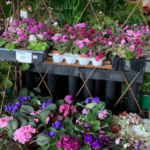


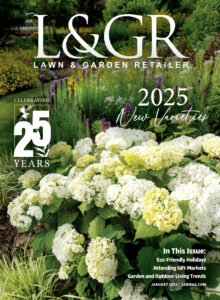
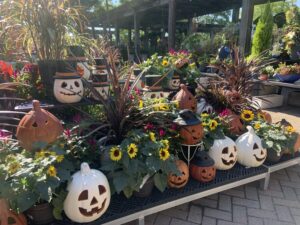

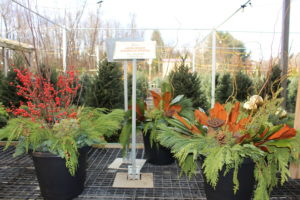
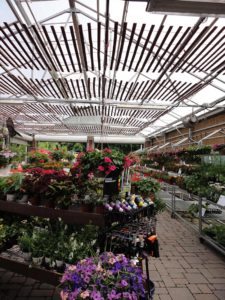

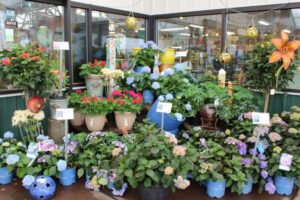



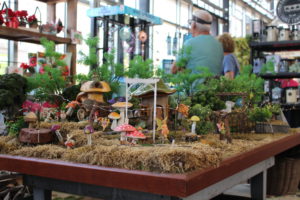

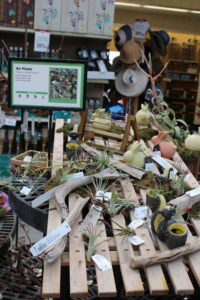
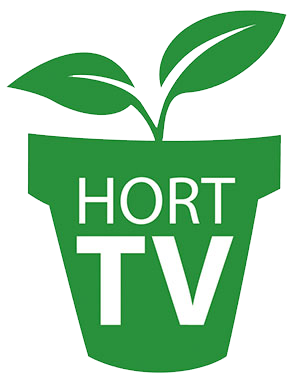 Videos
Videos


